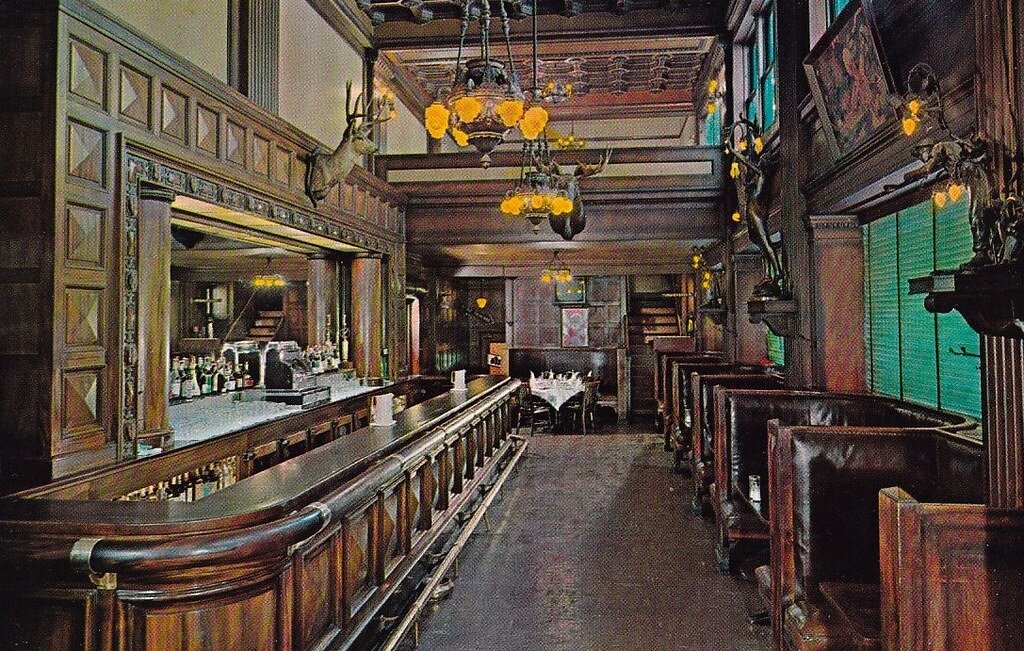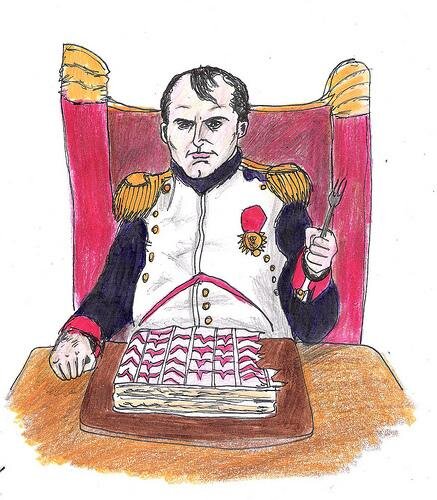The Eighth Annual Tannenbaum Toast
The House of Shields, in San Francisco, is the traditional site of the Tannenbaum Toast. This is the bar c.1950s. We hope to return in 2021. Photograph courtesy of Heather David.
The annual holiday party of The Emperor Norton Trust celebrates the legend that it was Emperor Norton who originally called for the raising of a great tree in Union Square every Yuletide season. (Another apocryphal tale, alas!)
The celebration traditionally takes place on the second Sunday of December in the mezzanine of the historic House of Shields bar, in San Francisco.
This year, we gather via Zoom. The Eighth Annual Tannenbaum Toast takes place on Sunday 13 December at 2 p.m. Pacific — and at all related times around the world.
The drink is the Boothby cocktail.




